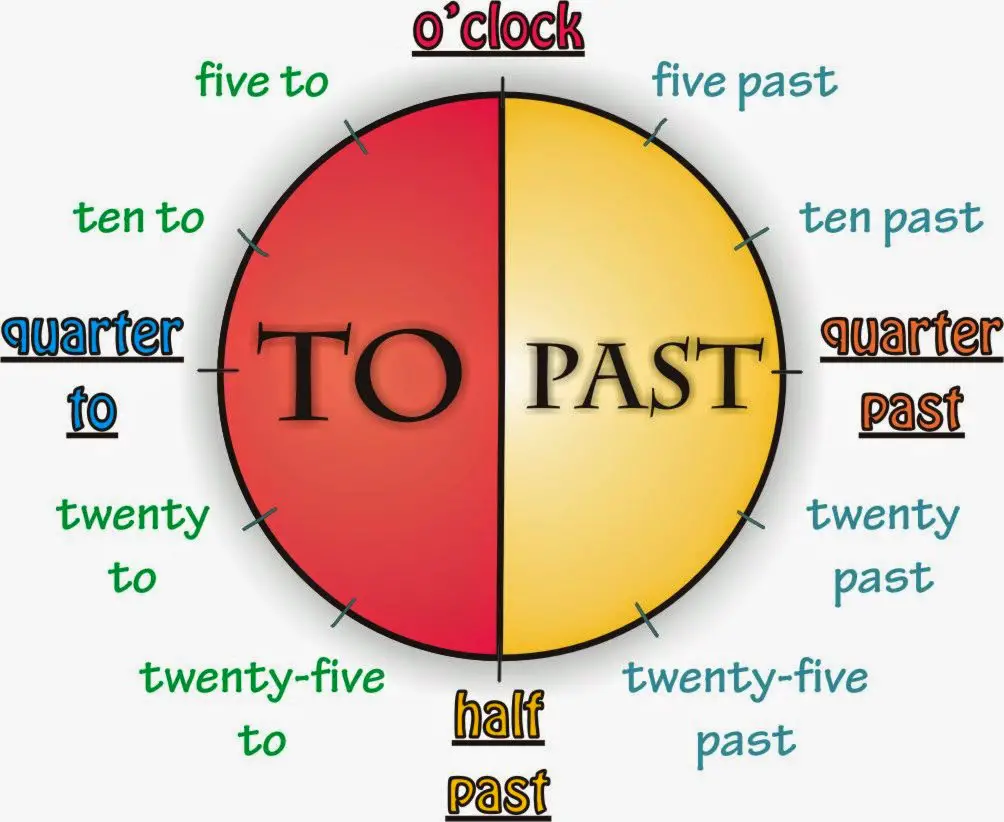NATASHA: What time is it? We’re going to be late!
TONY: It’s a quarter after seven. We’re on time. Don’t panic.
NATASHA: But I thought we had to be at the restaurant by 7:30 for the surprise party. We’ll never make it there with all this evening traffic.
TONY: Sure we will. Rush hour is almost over. Anyway, the party starts at 8:00. But I do need help with directions. Can you call the restaurant and ask them where we park our car?
==============
LANGUAGE NOTES
• It’s a quarter after seven. This phrase is one of the most common ways of stating this time. It means: “It’s 15 minutes past 7:00.” Another possibility here is to simply say: “It’s seven-fifteen.” In general, you can say: “It’s a quarter past the hour.” How do
we know the time of day? Look for context clues: “evening traffic.”
• In the dialog, Natasha and Tony are going to a surprise party. They need to be on time. Therefore there is an element of stress and urgency. When someone is stressed for time you can use expressions like: Don’t worry. / Don’t stress. / We’re fine. / We will
be on time.
• Natasha thinks the surprise party begins at 7:30. There are two different ways to express this time. You may say simply “seven-thirty” or “half-past seven.”
• Rush hour is the time of day—usually in the morning and evening—when traffic is heavy because of people commuting to and from their workplace by bus, by car, by subway, on foot, etc.

